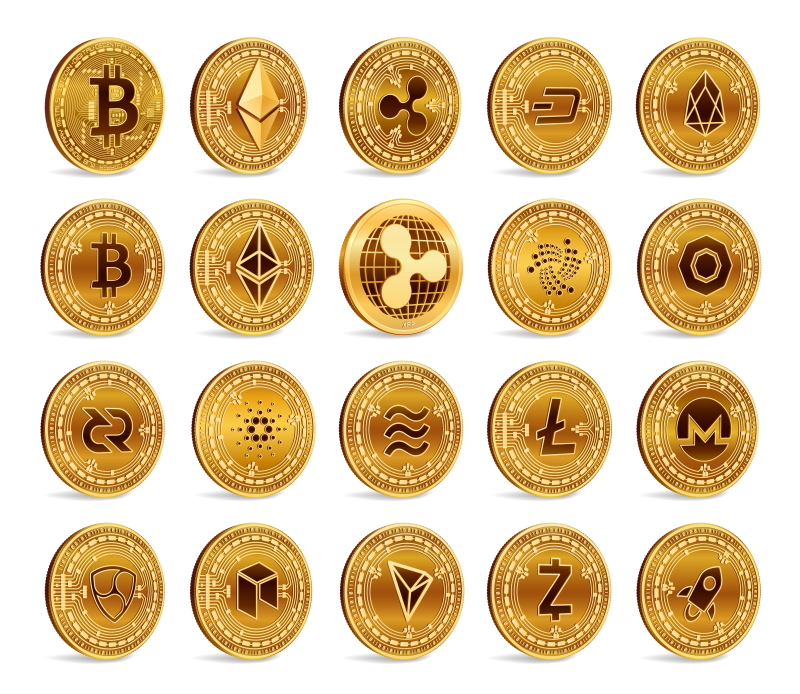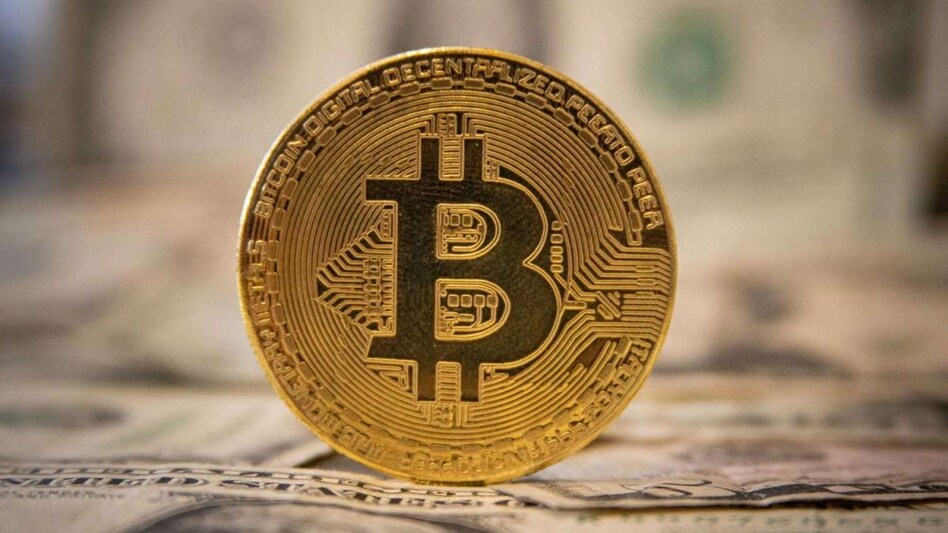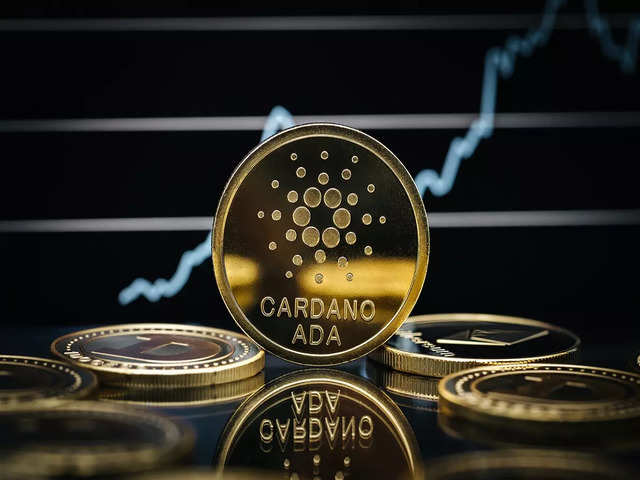Cryptocurrencies have revolutionized the financial landscape, providing individuals with decentralized, secure, and efficient means of conducting transactions. With the market brimming with thousands of digital assets, it can be overwhelming for investors to identify the top cryptocurrency coins. In this article, we will explore and analyze the most promising digital currencies, considering their market capitalization, technology, adoption, and potential for long-term growth. By the end, you will have a comprehensive understanding of the top cryptocurrency coins and their potential to reshape the financial world.
Contents
Bitcoin
No discussion of top cryptocurrencies is complete without mentioning Bitcoin (BTC). As the pioneer and the most widely recognized cryptocurrency, Bitcoin holds the largest market capitalization and has achieved widespread adoption. Its underlying technology, blockchain, ensures transparency and security. Bitcoin’s limited supply and decentralized nature contribute to its appeal as a store of value. Despite occasional volatility, Bitcoin’s long-term growth potential remains strong, attracting both institutional and retail investors.
Ethereum
Ethereum (ETH) stands out as the second-largest cryptocurrency in terms of market capitalization. Unlike Bitcoin, Ethereum offers a programmable blockchain platform, enabling the creation of smart contracts and decentralized applications (DApps). This flexibility has made Ethereum the foundation for a vast ecosystem of projects, including decentralized finance (DeFi) and non-fungible tokens (NFTs). As Ethereum transitions from proof-of-work to proof-of-stake with the Ethereum 2.0 upgrade, its scalability and transaction speed are expected to improve significantly.
Binance Coin
Binance Coin (BNB) is the native cryptocurrency of the Binance exchange, one of the largest and most reputable cryptocurrency exchanges globally. BNB’s primary utility is to pay for trading fees on the Binance platform, providing users with discounts. However, Binance has expanded BNB’s use cases by launching Binance Smart Chain (BSC), a blockchain platform that supports smart contracts and DApps. BNB’s growing popularity and the Binance ecosystem’s continuous development make it a promising investment option.
Cardano
Cardano (ADA) is a blockchain platform that aims to provide a secure and sustainable infrastructure for the development of decentralized applications and smart contracts. Built on a peer-reviewed scientific philosophy, Cardano has gained attention for its emphasis on security, scalability, and sustainability. With the implementation of its proof-of-stake mechanism, ADA offers faster transaction times and reduced energy consumption compared to other cryptocurrencies. Cardano’s commitment to research and its dedicated community make it an intriguing long-term investment.
Ripple
Ripple (XRP) stands out among other cryptocurrencies due to its focus on facilitating fast and low-cost international money transfers. Ripple’s blockchain technology, known as the XRP Ledger, enables near-instantaneous cross-border transactions with minimal fees. Ripple’s partnerships with major financial institutions worldwide have positioned it as a leading player in the realm of remittances and cross-border payments. However, it is worth noting that Ripple has faced legal challenges from regulatory authorities, which may impact its future growth.
Conclusion
The cryptocurrency market is a dynamic and rapidly evolving landscape, with new digital assets emerging regularly. While this essay focused on Bitcoin, Ethereum, Binance Coin, Cardano, and Ripple as top cryptocurrency coins, it is essential to conduct thorough research and exercise caution before making any investment decisions. Each cryptocurrency has its unique features, strengths, and risks. Understanding their underlying technology, market dynamics, and regulatory environment is crucial to identifying the most promising digital assets. By staying informed and adapting to market





